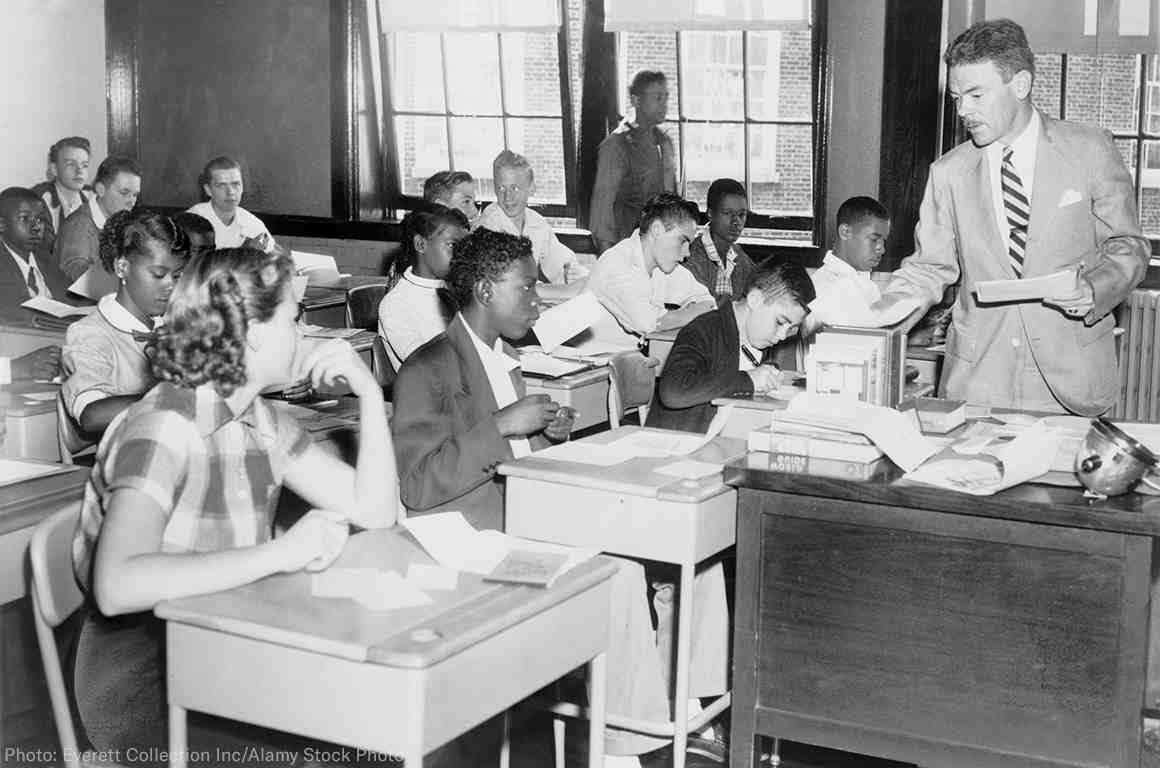

In none of these cases was it necessary to reexamine the doctrine to grant relief to the Negro plaintiff. In more recent cases, all on the graduate school level, inequality was found in that specific benefits enjoyed by white students were denied to Negro students of the same educational qualifications. the validity of the doctrine itself was not challenged. In this Court, there have been six cases involving the “separate but equal” doctrine in the field of public education. American courts have since labored with the doctrine for over half a century. involving not education but transportation. The doctrine of “separate but equal” did not make its appearance in this Court until 1896 in the case of Plessy v. In the first cases in this Court construing the Fourteenth Amendment, decided shortly after its adoption, the Court interpreted it as proscribing all state-imposed discriminations against the Negro race.

The plaintiffs contend that segregated public schools are not “equal” and cannot be made “equal,” and that hence they are deprived of the equal protection of the laws. Under that doctrine, equality of treatment is accorded when the races are provided substantially equal facilities, even though these facilities be separate. In each of the cases other than the Delaware case, a three-judge federal district court denied relief to the plaintiffs on the so-called “separate but equal” doctrine announced by this Court in Plessy v.

This segregation was alleged to deprive the plaintiffs of the equal protection of the laws under the Fourteenth Amendment. In each instance, they had been denied admission to schools attended by white children under laws requiring or permitting segregation according to race. In each of the cases, minors of the Negro race, through their legal representatives, seek the aid of the courts in obtaining admission to the public schools of their community on a nonsegregated basis. They are premised on different facts and different local conditions, but a common legal question justifies their consideration together in this consolidated opinion. These cases come to us from the States of Kansas, South Carolina, Virginia, and Delaware. Excerpt: Majority Opinion, Chief Justice Earl Warren


 0 kommentar(er)
0 kommentar(er)
